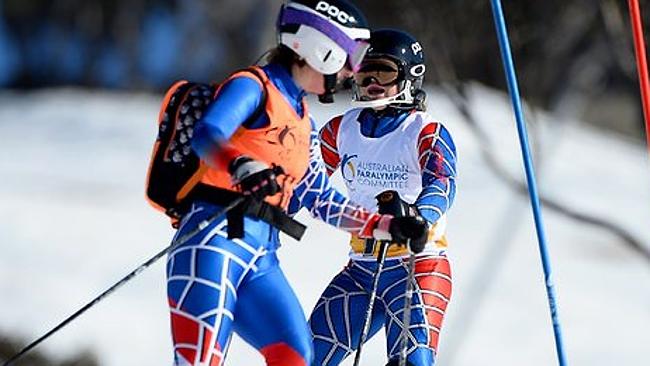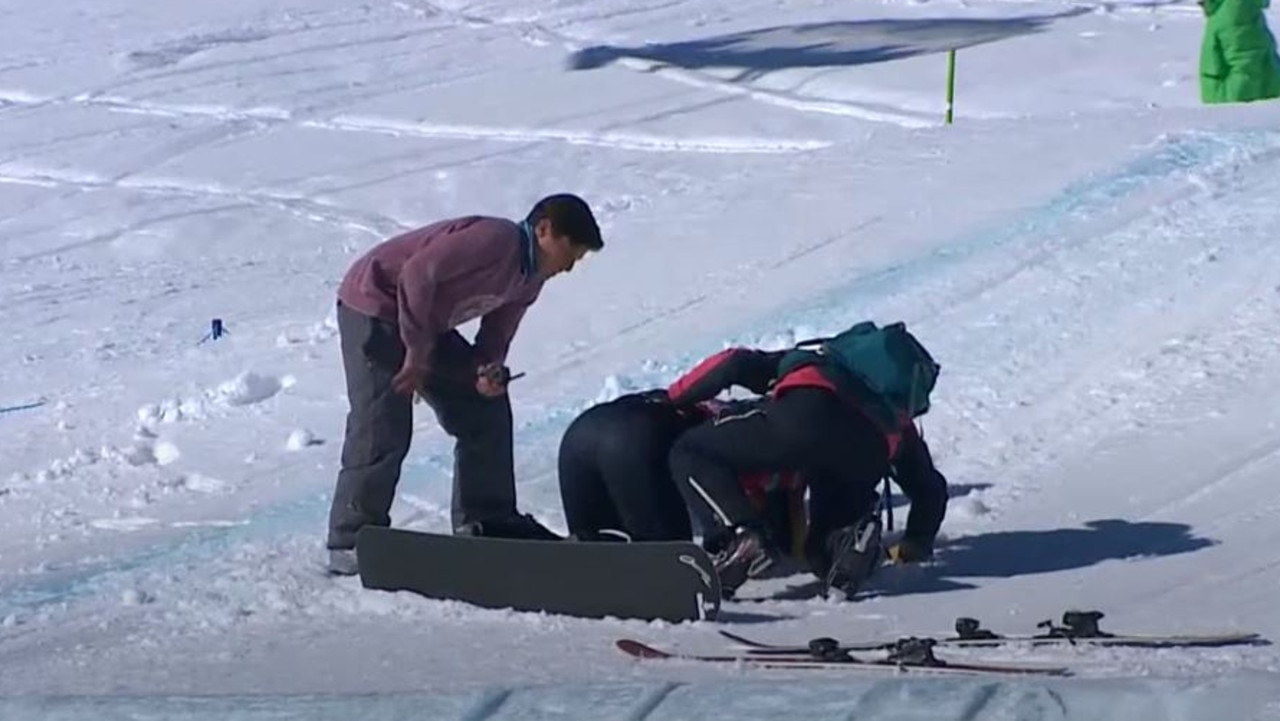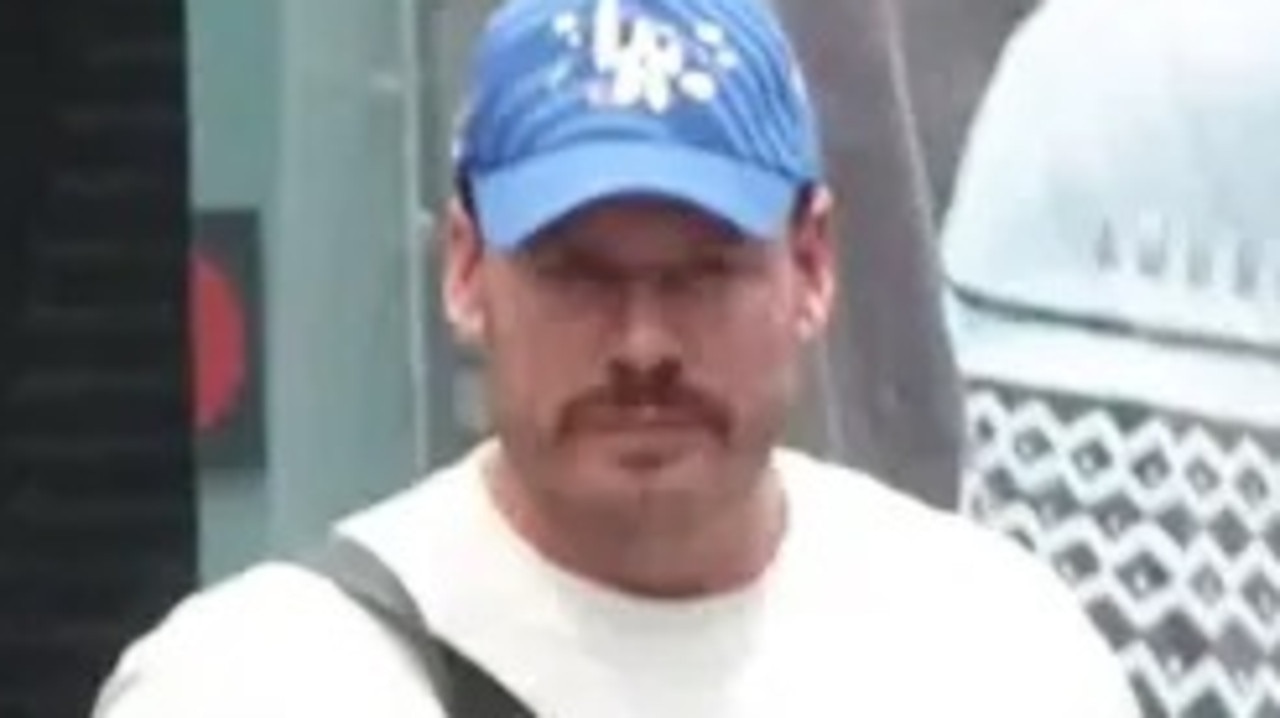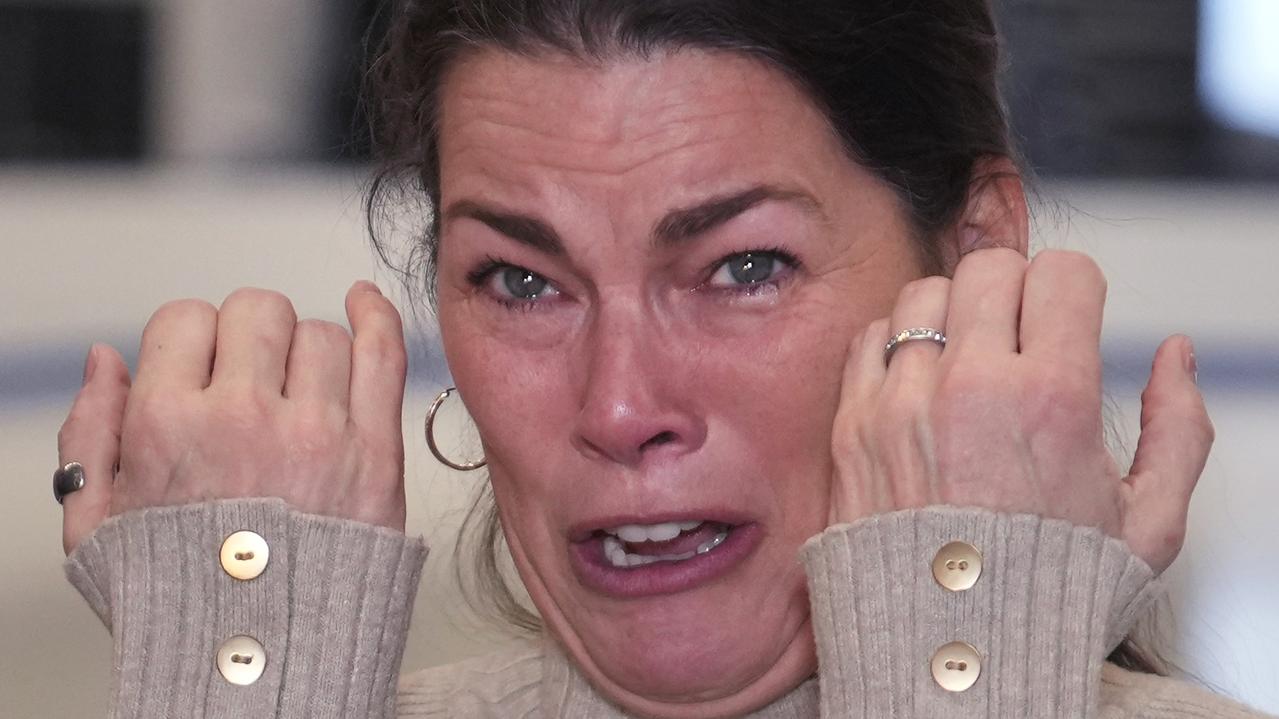Paralympic skier Lindsay Ball has blind faith
IMAGINE standing at the top of a steep mountain, skis on and throwing yourself down at rapid speed with no vision.

IMAGINE standing at the top of a steep, snow-capped mountain, skis on and throwing yourself down at rapid speed and negotiating gates that block your smooth run to the bottom.
Now imagine doing it when you cannot see a thing. Everything is black and you’re going faster and faster downhill.
While some of the 80 vision impaired athletes in Sochi this week will still have peripheral vision and can make out a blur of colour on their way down, for Lindsay Ball there is nothing.
The 22-year-old American skis down a mountain completely blind behind her guide, Diane Barras, who has a speaker in her backpack and shouts instructions to turn left, right and most importantly — when to stop.
At the end of every run they embrace with a hug to celebrate another safe passage to the foot of the mountain.
Born legally blind, Lindsay can only see light and dark or shapes and shadows. But to compete in the B1 classification — the most extreme level of vision impairment in alpine skiing — she wears dark goggles that black everything out.
The margin for error is zero given the penalty for missing a single gate on the slalom or giant slalom course is disqualification.
“I have to trust everything she (Diane) says and we both know we’re going to make mistakes,” Lindsay told News Limited during a competition in Thredbo in September.
“It’s a huge commitment and she has to get over the fact that she’s going to put me through panels, it’s going to happen, that’s the name of the game and we both realise that.”
Lindsay is a psychology student from the state of Maine in New England who started skiing at the age of six and last year took her thrillseeking to a new level by going bungee jumping in New Zealand.
“I wasn’t classified as a B1 until a couple of years into racing so that was a huge adjustment, but it helped because I don’t try to look for where she (Diane) is, I just follow the sound,” Lindsay said.
“They’re trying to get me to react even faster so it’s, ‘Whatever she says, I have to do it.’
“B1, B2 and B3 all have different factors so in my mind B1 is the only one that is completely fair because every B1 has their goggles completely blacked out.”
Making Lindsay’s journey to Sochi even more incredible was a training accident in December when she tore her anterior cruciate ligament.
She bravely decided to put surgery on hold until after the Games and worked on strengthening her quads and hamstrings in the hope of making it through competition.
Diane said she could not imagine how difficult it must be to ski without sight, let alone doing it at race pace where the fastest to the bottom wins.
“I am yet to put her goggles on, I have maybe one or two people who I would trust to guide me but it’s amazing, I don’t know how she does it,” Diane said.
Diane is more than just Lindsay’s sighted guide when they are away for training and competition. She also helps guide Lindsay around their accommodation and at meal times.
“We have a great team so they’ll walk with her if she wants to get away from me for a while,” Diane said.
“She’s really independent, she knows her way around where we’re staying. But things like the other day we were all sitting around and one of the girls put a cup of hot chocolate on the floor so we’re all like ‘wow, stop’ so everyone’s got her eye on her but she’s as independent as she can be.”



